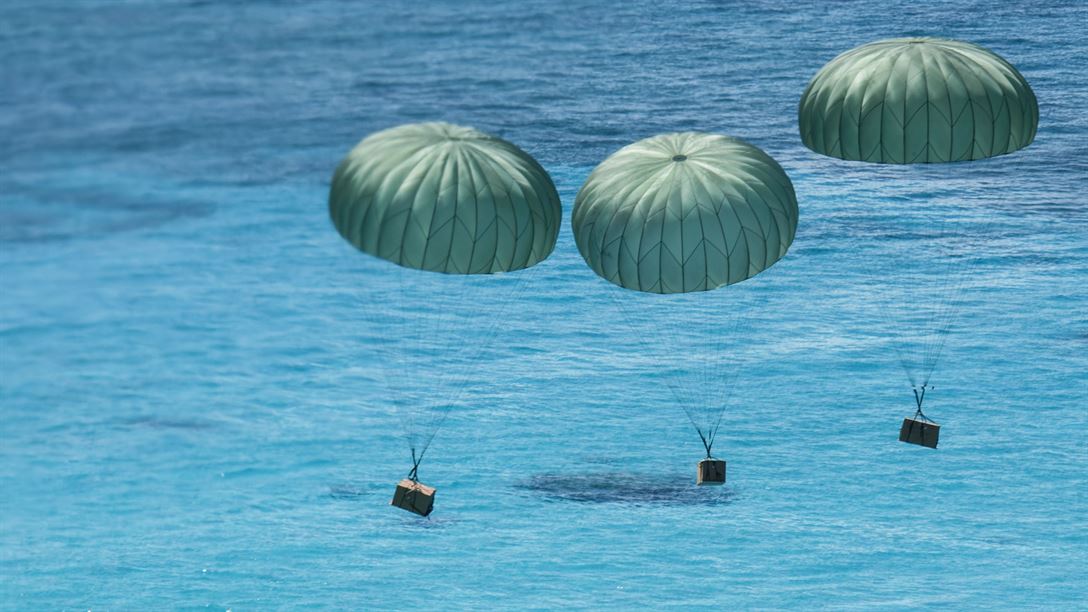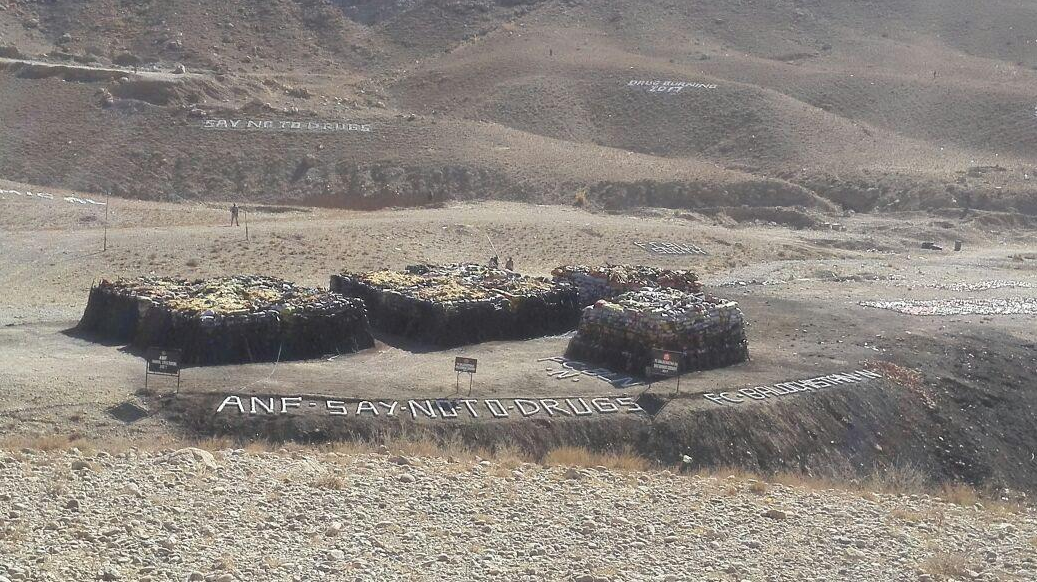ASPI suggests

The world
The war in Syria has entered its seventh year and civilian casualties are soaring yet again. To put the East Ghouta crisis in perspective, read this chilling piece from the Guardian and this WaPo piece exploring the devastating consequences of failed humanitarian diplomacy. Mark Galeotti and Isaac Kfir separately analyse the effect of Russian interests and alliances in the eastern Mediterranean in light of the recent spat between Israel and Iran. Carnegie Europe reviews the situation from Ankara, evaluating Turkey’s high stakes in this protracted conflict.
Over in the US, surviving students of last week’s Florida school shooting are at the forefront of the ‘Never again’ movement, the latest attempt to promote gun reform. It seems that even some staunch defenders of the Second Amendment are also coming to terms with the danger posed by automatic rifles: the Independent reports on an individual who decided to hand in his rifle, and this viral Twitter video shows another man destroying his weapon.
Looking to US security and foreign policy, War on the Rocks analyses American stakes in Europe in the face of resurgent China and Russia, emphasising the rise of global disorder and shifting international alliances. The Institute for the Study of War has just published a paper on America’s global competitions, exploring the grey zones and thresholds of war. However, in light of the recently released national defense strategy, FDD’s Long War Journal offers a different perspective, arguing that the US government shouldn’t give up on countering international terrorism in favour of pursuing inter-state strategic competition just yet. For some additional insight into changing dynamics in Islamic State, read Peter Neumann’s analysis here. Finally, The Atlantic discusses the frustrations of being a national security staffer in the White House under President Donald Trump.
Across to Asia, the Wall Street Journal insightfully summarises the political crisis in the Maldives against the geopolitical backdrop of the country’s strategic location and China’s Belt and Road Initiative.
If it were ever really in doubt, Myanmar is facing a crisis of democracy in more ways than one. The Financial Times discusses issues related to fake news and deepening constraints on independent journalism. This follows on from this Daily Beast article from a couple of weeks ago that reported about a delegation of dodgy international journalists—including a Canadian radio host who has faced hate speech charges—that was invited into Rakhine State to cover the conflict, while other foreign visitors (including UN officials) are barred from entry.
We have two research pieces about humanitarian issues and gender. The LSE assesses the gendered dimensions of resilience policy in relation to internally displaced women in Iraq, while the United States Institute of Peace evaluates the concept of masculinity in a postwar Afghanistan. And BBC presents a cool new research model for mapping conflict and evaluates whether it may help explain and prevent future violence.
Tech geek
China tested a mid-course missile interceptor earlier this month. The test could allow the Chinese to mask anti-satellite testing as ballistic missile defence testing. The Chinese test follows a Russian anti-ballistic missile test, which we highlighted earlier in our most recent five-domains update.
While most armies are embracing smaller, more agile brigades or battalions to meet the demands of the modern battlespace, Russia is turning back to larger mechanised divisions with heavy artillery and missile support. This step may be driven by Russia’s operational experience in Ukraine, where smaller brigades aren’t able to sustain operations or drive deep into an enemy’s rear areas, whereas a larger division can. Also, in a surprise move, Russia deployed two new Sukhoi Su-57 stealth fighters (aka ‘PAK-FA’) to Syria. There’s no better way to prove a platform’s capability than with operational experience.
The US Army has a new armed drone known as the Gray Eagle. It can carry four Hellfire missiles, remain aloft for 24 hours and is controlled directly from the battlefield, unlike either the Reaper or Predator.
There are three interesting articles on nukes worth reading. James Stavridis comments on the risks of low-yield nuclear weapons. And on very high-yield devices, here are two must reads on Russia’s 100-megaton, cobalt-jacketed ‘Status 6’, a nuclear unmanned undersea weapon designed to irradiate cities with nuclear tsunamis.
Multimedia
The Republic of Kosovo celebrated 10 years of independence last weekend. This Al-Jazeera picture series captures the pain and trauma that remains very much present 20 years after the bloody conflict.
#thisisegypt: Orla Guerin reports for BBC Newsnight on President Abdel Fattah el-Sisi’s bloody regime and contentious human rights abuses seven years after the January protests in Tahrir Square. [13 min]
Podcasts
Brooking’s Cafeteria Podcast: Bill Finan talks to Madhia Afzal about her new book, Pakistan under siege: extremism, society, and the state. She touches on perceptions of the country in the West, Pakistani perceptions of violence and the Pakistani state’s relationship to the Taliban. This is followed by Bill Frey talking all things related to US millennials. [37 min]
The Human and the Machine has a new series that speaks to leading thinkers on artificial intelligence. The first episode is titled ‘AI and society’. [50 min]
There’s an excellent BBC The Briefing Room episode about foreign fighters returning to the UK, losing their citizenship, and future threats from al-Qaeda and Islamic State. David Aaronovitch speaks to renowned academic and intelligence experts. [28 min]
Events
Canberra, 28 February, 5.30–8.00 pm, ‘Religion today: globalisation, coups and contemporary faith’. Hosted by Bluestar Intercultural Centre and Charles Sturt University at the Australian Centre for Christianity and Culture. Info and registration here.
Melbourne, 28 February, 6–7.30 pm, La Trobe Asia: ‘Japan’s approach to a changing world’. More here.
Brisbane, 1 March, 1–3.30 pm, Women’s International League for Peace and Freedom Queensland: ‘Negotiating the end of war’. Info and registration here.









